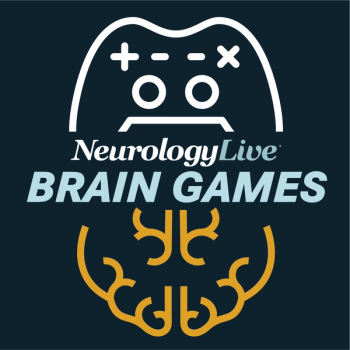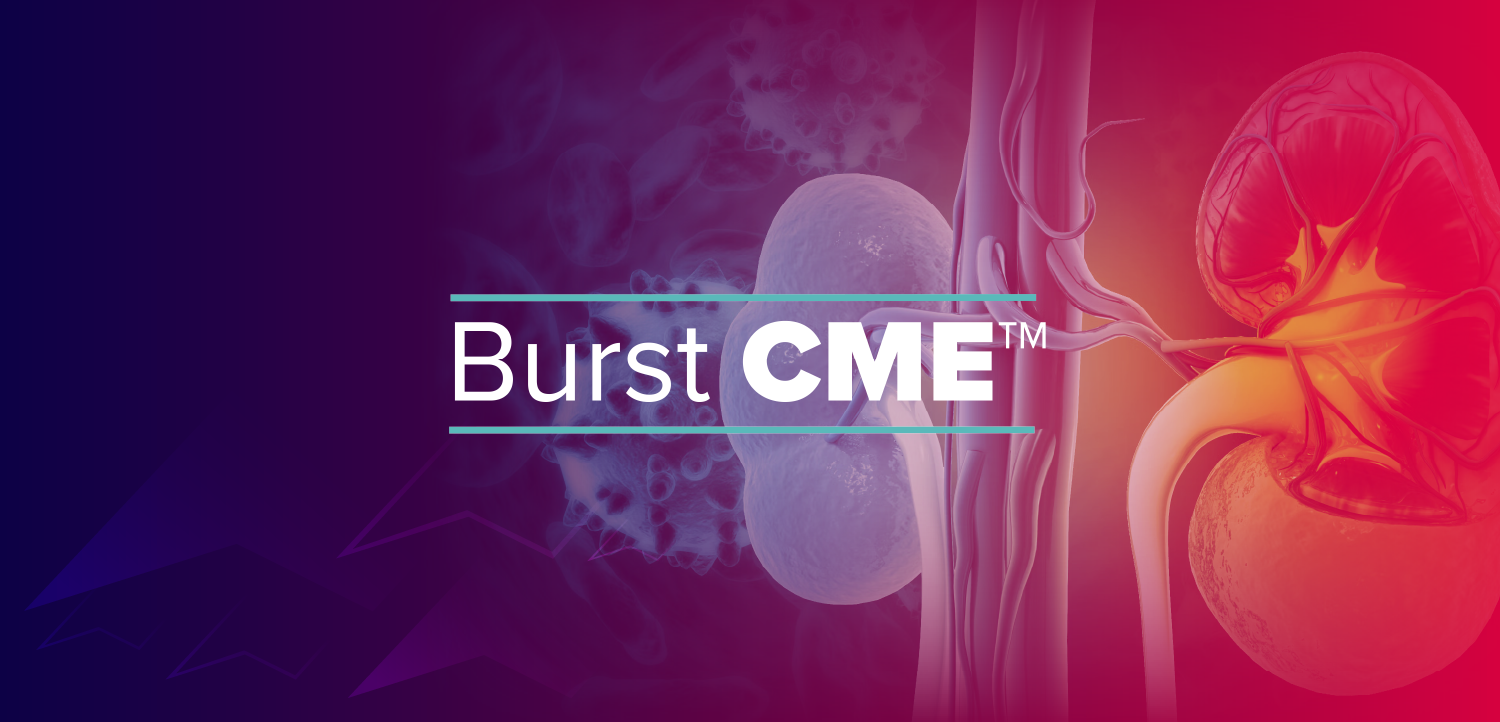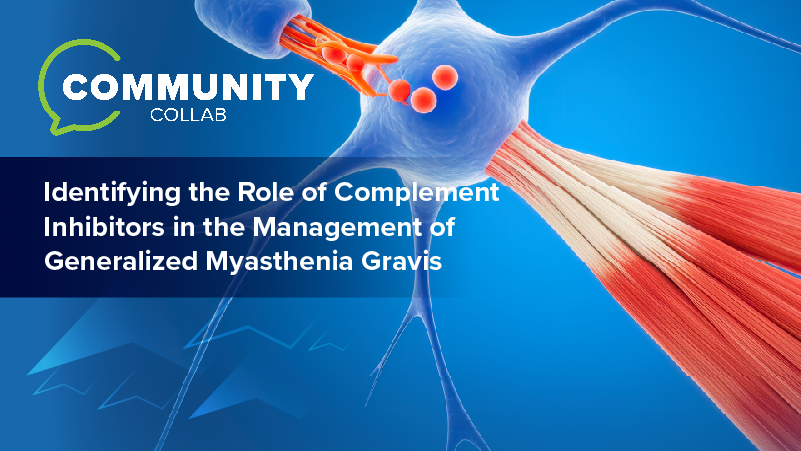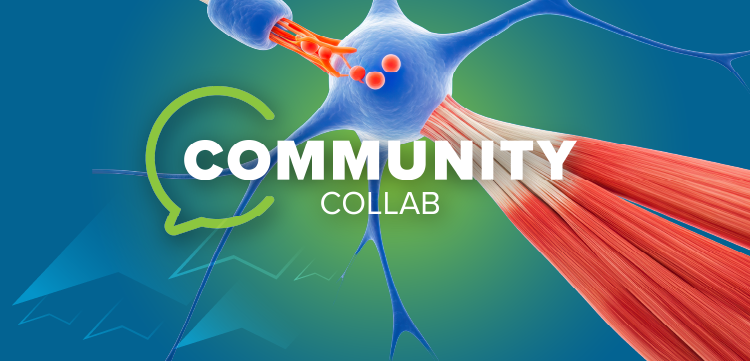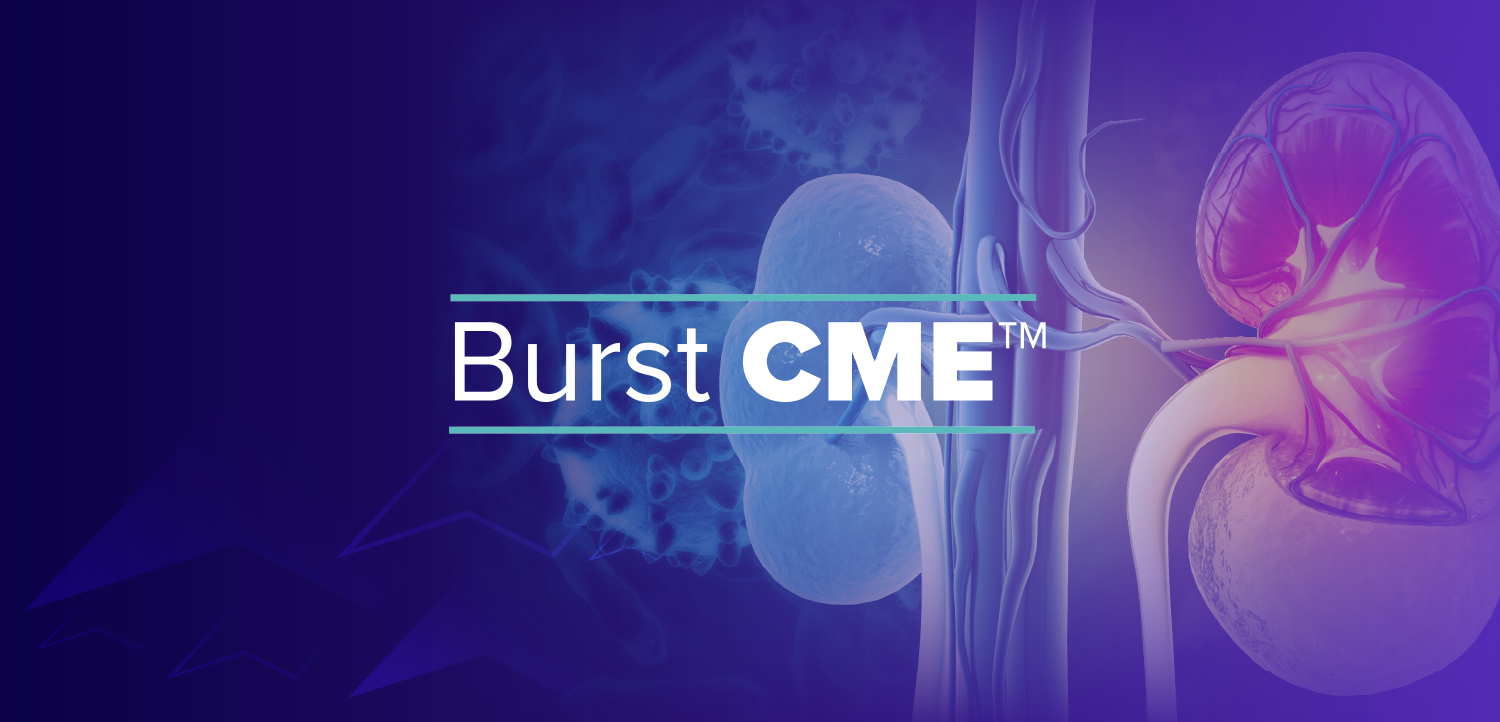
Ianalumab Meets Primary End Points in Phase 3 NEPTUNUS Trials of Sjögren’s Disease
Key Takeaways
- Ianalumab showed significant efficacy and safety in reducing Sjögren’s disease activity in phase 3 trials, meeting primary endpoints.
- The trials demonstrated ianalumab's potential as the first targeted treatment for Sjögren’s disease, with a favorable safety profile.
Novartis revealed promising phase 3 trial results for ianalumab, a potential first treatment for Sjögren’s disease, showing significant disease activity reduction.
New positive topline data from the phase 3 NEPTUNUS-1 (NCT05350072) and NEPTUNUS-2 trials (NCT05349214) revealed that investigational ianalumab (Novartis) was safe, met primary end point, and resulted in a statistically significant reduction in disease activity for Sjögren’s disease. According to the company, these data support the therapeutic potential and mechanism of ianalumab, a B-cell depleting agent with BAFF-R inhibition, as the first targeted treatment for Sjögren’s disease.1
The trials, which aim to assess safety and efficacy of ianalumab, differed slightly in design. NEPTUNUS-1, a randomized, double-blind, 2-arm trial, comprised 275 patients testing 300 mg of subcutaneous ianalumab vs placebo for a 52-week period. NEPTUNUS-2, also a randomized, double-blind study, included 504 patients testing 3 arms of either ianalumab 300 mg SC monthly or every 3 months compared with placebo for a 52-week period.
At the conclusion of both trials, the investigational agent met its primary end point, as measured by improvements in systemic disease activity using Eular Sjögren’s syndrome disease activity index (ESSDAI). In addition to demonstrating improved disease activity, ianalumab was considered well tolerated and demonstrated a favorable safety profile. Based on these findings, Novartis plans to submit an application to global regulatory agencies for ianalumab to become potentially the first approved therapy for Sjögren’s disease.
"Sjögren’s disease is a serious, progressive, systemic autoimmune disease, often unrecognized or misdiagnosed with a significant detrimental impact to quality of life, with very limited treatment options and an established unmet need. Both Phase III trials demonstrate that ianalumab improves disease activity in patients with Sjogren’s disease," Shreeram Aradhye, MD, president of development and chief medical officer at Novartis, said in a statement.1
He added, "These Phase III studies mark a significant milestone. We look forward to engaging with health authorities to discuss these findings in the near future."
Previously known as VAY736, ianalumab is a fully human monoclonal antibody being developed as a treatment for Sjögren’s disease as well as other various B-cell driven autoimmune diseases, such as immune thrombocytopenia, systemic lupus erythematosus, lupus nephritis, warm autoimmune hemolytic anemia, and diffuse cutaneous systemic sclerosis. The agent’s mechanism of action targets B cells in 2 ways: combining B cell depletion via antibody-dependent cellular toxicity, and interruption of BAFF-R mediated signals of B cell function and survival.
READ MORE:
To date, there are no FDA-approved therapies specific to treat Sjögren’s disease. Sjögren’s disease, which mainly affects the eyes and mouth, can have neurologic manifestations as well, including peripheral neuropathies, cranial neuropathies, myelopathy, cognitive dysfunction, or other central nervous system syndromes. Prior to the NEPTUNUS trials, ianalumab, called VAY736 at the time, was tested in a phase 2, placebo-controlled, dose-finding study (NCT02962895) across 56 centers in 19 countries.
Published in the Lancet in 2022, the trial featured 190 patients aged 18-75 years with primary Sjögren’s disease with moderate to severe disease activity who were randomly assigned 1:1:1:1 to either SC placebo or ianalumab (5 mg, 50 mg, or 300 mg) every 4 weeks for 24 weeks. At the conclusion of the treatment period, investigators observed a statistically significant dose-dependent response in disease activity, measured through ESSDAI score, in 4 of the 5 dose-response models tested (P <.025 in 4 models; P = .060 in one model).2
In the phase 2 trial, the ESSDAI score decreased from baseline in all ianalumab groups, with the maximal ESSDAI score change observed in the ianalumab 300 mg group (placebo-adjusted least squares mean change, –1.92 points; 95% CI, –4.15 to 0.32; P = .092). In terms of safety, there were 4 serious adverse events in 3 patients that were considered treatment-related (pneumonia [n = 1] and gastroenteritis [n = 1] in the placebo group; appendicitis plus tubo-ovarian abscess in the same patient in the ianalumab 50 mg group).
REFERENCES
1. Novartis announces both ianalumab Phase III clinical trials met primary endpoint in patients with Sjögren’s disease. News release. August 11, 2025. Accessed August 11, 2025. https://www.globenewswire.com/news-release/2025/08/11/3130601/0/en/Novartis-announces-both-ianalumab-Phase-III-clinical-trials-met-primary-endpoint-in-patients-with-Sj%C3%B6gren-s-disease.html
2. Bowman SJ, Fox R, Dorner T, et al. Safety and efficacy of subcutaneous ianalumab (VAY736) in patients with primary Sjögren's syndrome: a randomised, double-blind, placebo-controlled, phase 2b dose-finding trial. Lancet. 2022;8(10320):161-171. doi:10.1016/S0140-6736(21)02251-0.
Newsletter
Keep your finger on the pulse of neurology—subscribe to NeurologyLive for expert interviews, new data, and breakthrough treatment updates.


